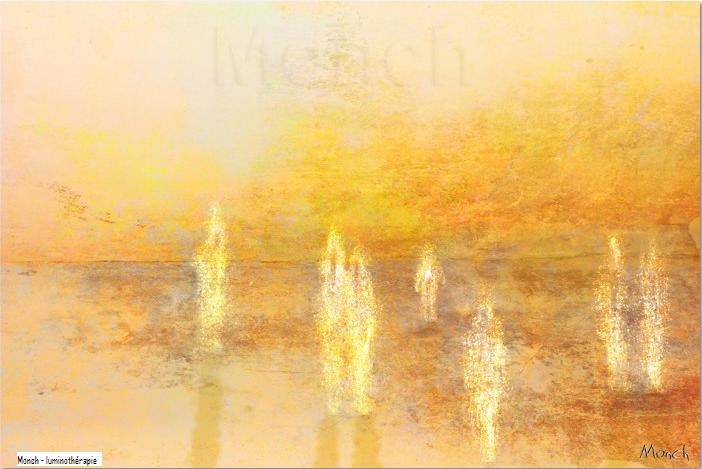The Hoarders' Orison: A Counterpoint to George Carlin

“A house is just a pile of stuff with a cover on it.”
— George Carlin
Carlin was a genius. Funny, provocative, irreverent, he was a master of observation and biting satire. His rant on “stuff” is a case in point.
For the most part, I would tend to agree with him. We are far too enamoured with, and attached to, our “stuff”. But perhaps the flaw resides in the type of stuff we acquire, how it is produced, why it is produced, and what we put into its acquisition and its care.
Someone once told me that the value of an item is equivalent to the number of hours worked to acquire it. Rendered as simplistically as possible, if you make $20/hour and the item costs $20.00, the object will cost you one hour of your life. Ignoring the issue of necessity (as in Maslow’s hierarchy of needs) this simple equation raises the question of benefit:
- Will I derive at least an hour of use or enjoyment once I have this item?
- Or, conversely, will the level of enjoyment be so intense and fulfilling that even far less than an hour's use will be well worth it?
Beyond the hard and simple question of cost and necessity, I believe there are deeper issues to consider when examining our possessions, or better yet, the things we collectively create.
A religious sect called the Shakers produced some of the most austere yet achingly and stunningly beautiful objects. Both their artifacts and architecture are starkly elegant. One of their dicta was:
“Don’t make something unless it is both necessary and useful; but if it is both necessary and useful, don’t hesitate to make it beautiful.”
Going to the other side of the world, the Japanese have a concept called “mono no aware”. A rough translation is “the pathos of things”, or “empathy toward things”, or a “sensitivity to ephemera”. It refers to the awareness of impermanence and to the transitory nature of things, which creates within us a subtle melancholy or wistfulness. Despite the gentleness of its definition, it still conveys a profound sadness when one reflects on the ephemeral nature of beauty — one knows at a deep level that all is impermanent, transitory, and destined to end.
Further back in time, in the Aeneid (c. 29-19 BCE) the Roman poet Virgil used the phrase “lacrimae rerum”, meaning “tears of things.” In later centuries and still now, the phrase is usually attached to the rationale for monuments, inscriptions, and to a certain extent, to memento mori. I prefer the sense which seems closer to that of the literal translation.
The Royal Ontario Museum produced a powerful video to promote their various collections, in which the final line in the film was “I will live on in the things I leave behind”.
But what do we leave behind?
We leave behind evidence.
Every artifact has a history; it arrived at the spot where it was found, and it filled a certain role or existed for a particular purpose.
Why do we assign such a premium to autographed books or to original signed pieces of art? Perhaps it is because we know at a deep level that the hand that created the work touched the item we are now privileged to have acquired. In some liminal way, we have a faint physical connection to the creator of such an object.
And this is what often seems to be lacking in what Carlin refers to as “stuff”. Returning to the Shaker philosophy, how much of what we own could be listed under the heading of “necessary, useful” or even “beautiful”?
Acquired things, whether produced artifacts or select natural objects, furnish evidence. Here lies the pathos, I believe, at the heart of the Japanese “mono no aware”: Everything we possess has some history.
But… was that thing crafted, whittled, forged, hewn, or otherwise born of human touch and natural materials? Or was it mass-produced by some spiritless concoction of man-made chemicals? If the latter, how can that object become worthy of pathos, as opposed to something merely disposable?
Still, during its travels, an object would have been touched by someone (or no one) and touches someone (or no one) now. And here, perhaps, resides a certain pathos after all.
The past is never gone. It merely hides or is buried or camouflaged. We, as humans, may only leave what are termed “trace fossils”. An example of a trace fossil is a worn step, an anonymous handprint.
Most people don’t even know who their ancestors were beyond their grandparents, and yet thousands lived so that each of us could be born.
There are many estimates on how many humans have lived since our species came to be. The approximate number is believed to be 117 billion.
According to the best estimates available, at the time of writing there are approximately 1.7 million Wikipedia pages (in all languages) for individual living people. The present world population is about 8 billion, meaning that far less than 0.01% of everyone who ever lived has been deemed of sufficient importance to merit a Wikipedia page.
Odds are you will be forgotten.
Returning to the ROM’s quote: “I will live on in the things I leave behind”. Perhaps we need to lovingly preserve some “stuff” after all.
Would you like to read other posts? If so, please click the Home Page link below:

You, Dear Reader, are much needed and appreciated.
Everything written requires a reader to make it whole. The writer begins, then you, dear reader, take in the idea and its image, and so become the continuation of its breath. Please subscribe so that my words can breathe. Consider this my hand, reaching out to yours.
